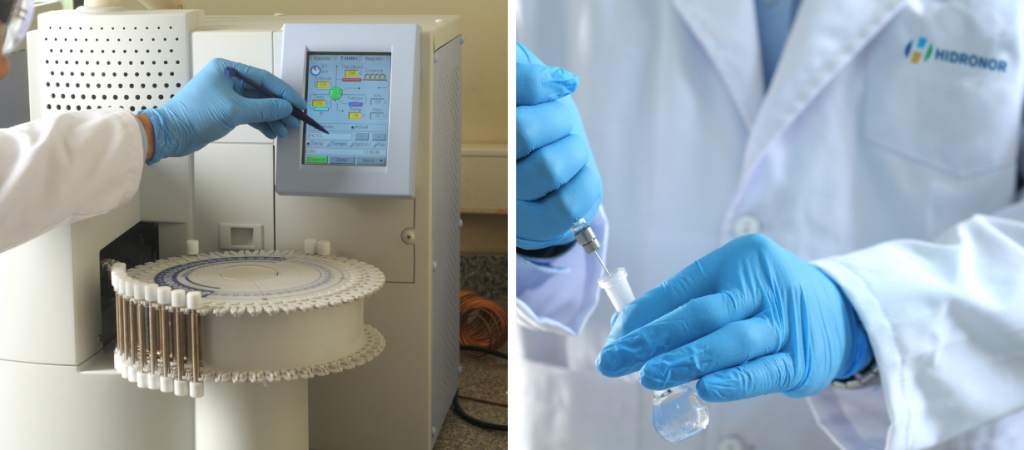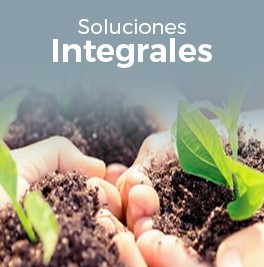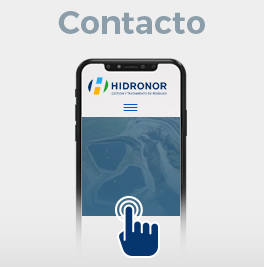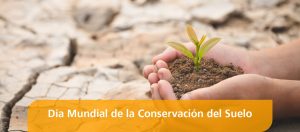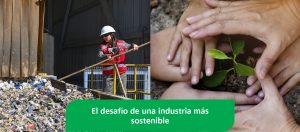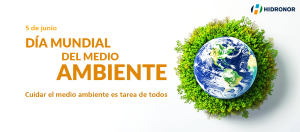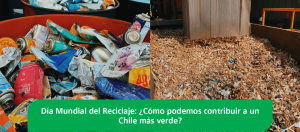
A high percentage of companies in Chile (belonging to different sectors) generate industrial waste that can become dangerous, so it must be managed properly to minimize environmental impact, as established by Supreme Decree (DS) 148 of the Ministry of Health, which corresponds to the "Sanitary Regulations on the Management of Hazardous Waste".
This Decree defines the minimum sanitary and safety conditions that must be applied to the generation, possession, storage, transport, treatment, reuse, recycling, final disposal and other forms of elimination of hazardous waste, establishing the requirements that each company must comply with. to act responsibly and comply with what the law requires.
It is worth noting that for a waste to be considered hazardous it must meet -at least- one of the following characteristics: acute, chronic or extrinsic toxicity; inflammability; reactivity and corrosivity. To determine it, it is necessary to carry out analyzes in certified laboratories to identify the characteristics of each waste and the possible treatments, as well as the necessary care and precautions to take into account in its handling.
In this sense, at Hidronor we are the company with one of the most complete waste characterization options in all of Chile thanks to our internationally accredited laboratories under the ISO 17025 standard issued by the Quebec Environmental Analysis Expert Center (CEAEQ), Canada. . This certification guarantees that we comply with the general standards of competence for testing and calibration laboratories, demonstrating that we are technically competent, have a management system and can provide technically valid, reliable and traceable results.
We offer services for:
• Hazard determination: Based on EPA (United States Environmental Protection Agency) standards, we are able to determine the hazardousness of waste through analysis such as corrosivity; measurement of pH and corrosion rate; reactivity tests; measurement of hydrocyanic acid and hydrogen sulfide; extrinsic toxicity via the characteristic toxicity leaching procedure (TCLP); determination of flammability; determination of flash point in liquid, according to Pensky Martens closed cup tests, and flammability in solids present in waste in accordance with current legislation (DS 148), among others.
• Analysis of heavy metals in liquid industrial waste (RILes) and solids (RISes): We performed them by applying the methodology of X-ray fluorescence spectrometry and plasma optical emission spectroscopy with inductive coupling for the quantification of heavy metals.
• Characterization of alternative fuels: The used oils and residues that arrive at our plants and that have caloric power characteristics are analyzed with calorimetric equipment. If they meet the conditions required by the industry (percentage of water, flash point and metals by FRX), we value them and sell them as an alternative fuel to cement companies and other industries.
• Determination of PCBs: We have the necessary certification to determine Polychlorinated Biphenyls (PCBs) compounds by gas chromatography with a GC-uECD electronic capture detector. PCBs or Askareles are characterized by being highly dangerous for living organisms due to their high toxicity. All companies that, to date, maintain equipment that contains these compounds in operation must stop their use in the year 2025, and subsequently manage their correct disposal within a maximum period of 2028. For this, at Hidronor we also have the capacity to export them correctly so that they can be disposed of in Europe, since our country does not have the necessary technology to ensure that toxic gases are not generated during their incineration, which can be much more toxic than the PCBs themselves.
• Analysis of organic compounds using the GC-MS analytical technique: This service allows us to determine the volatile and semi-volatile organic compounds (such as solvents, pesticides and herbicides) that a residue may contain in order to guide treatment and/or final disposal alternatives for each of them.
Needs more information? Contact our commercial team to help you with your request

